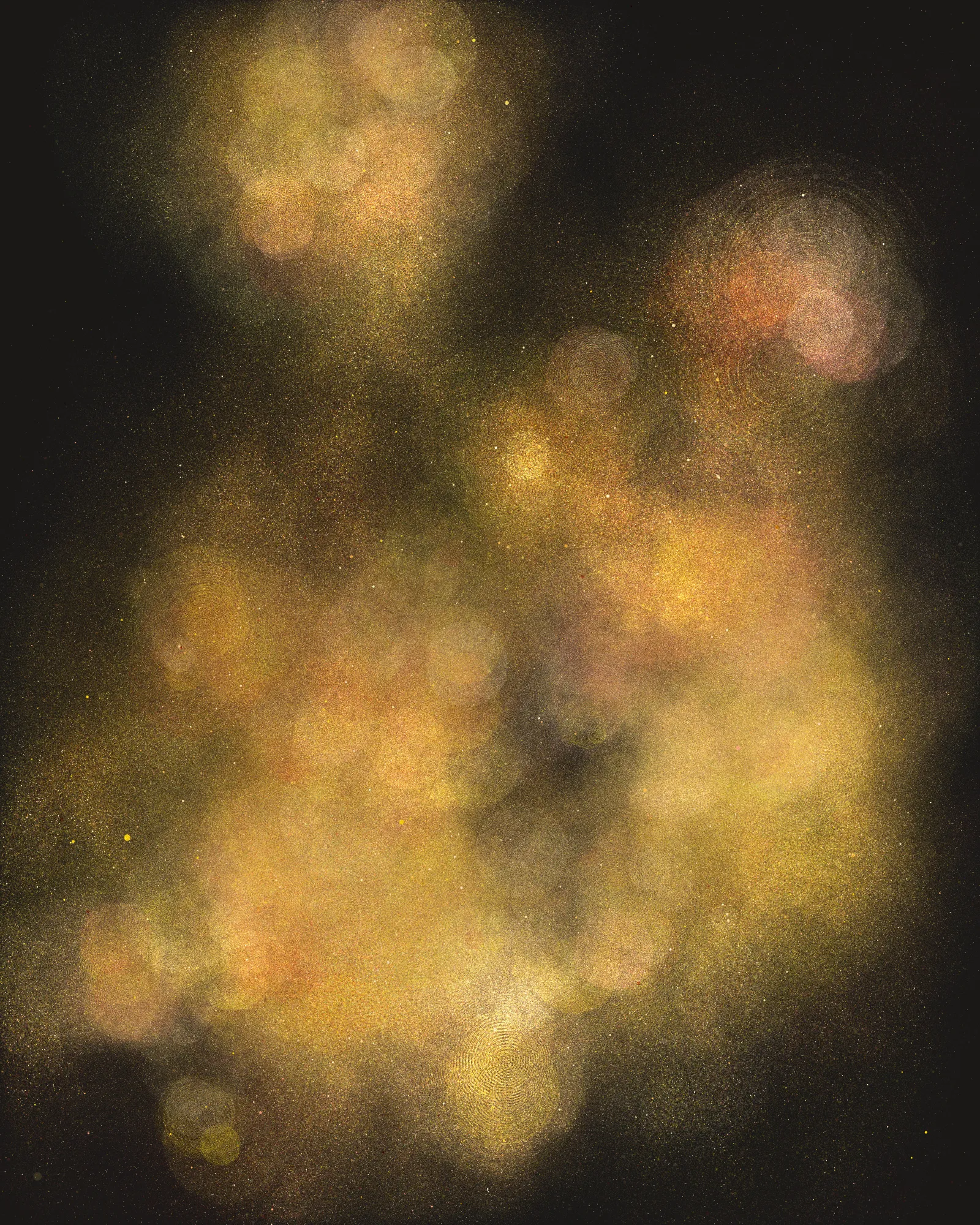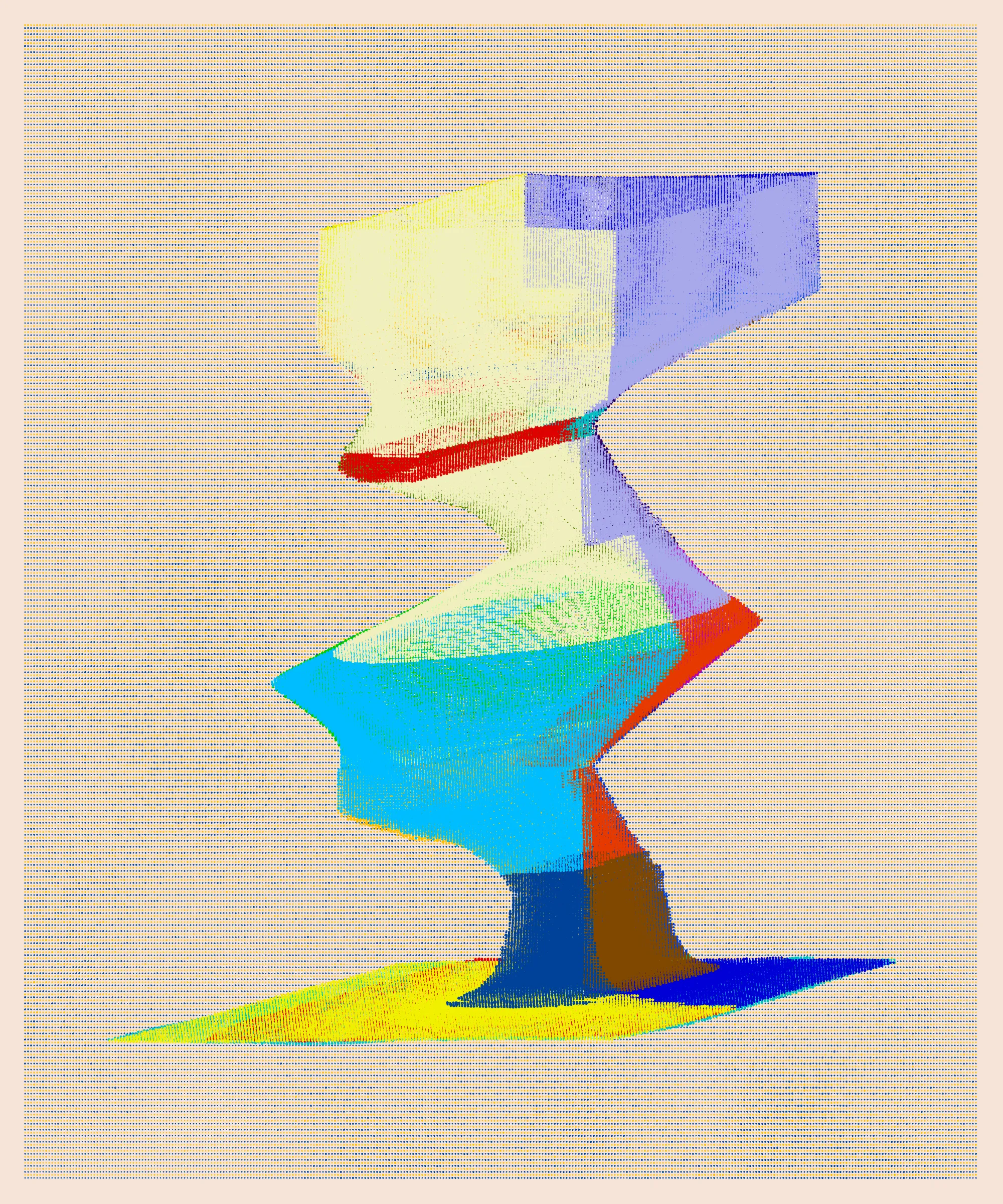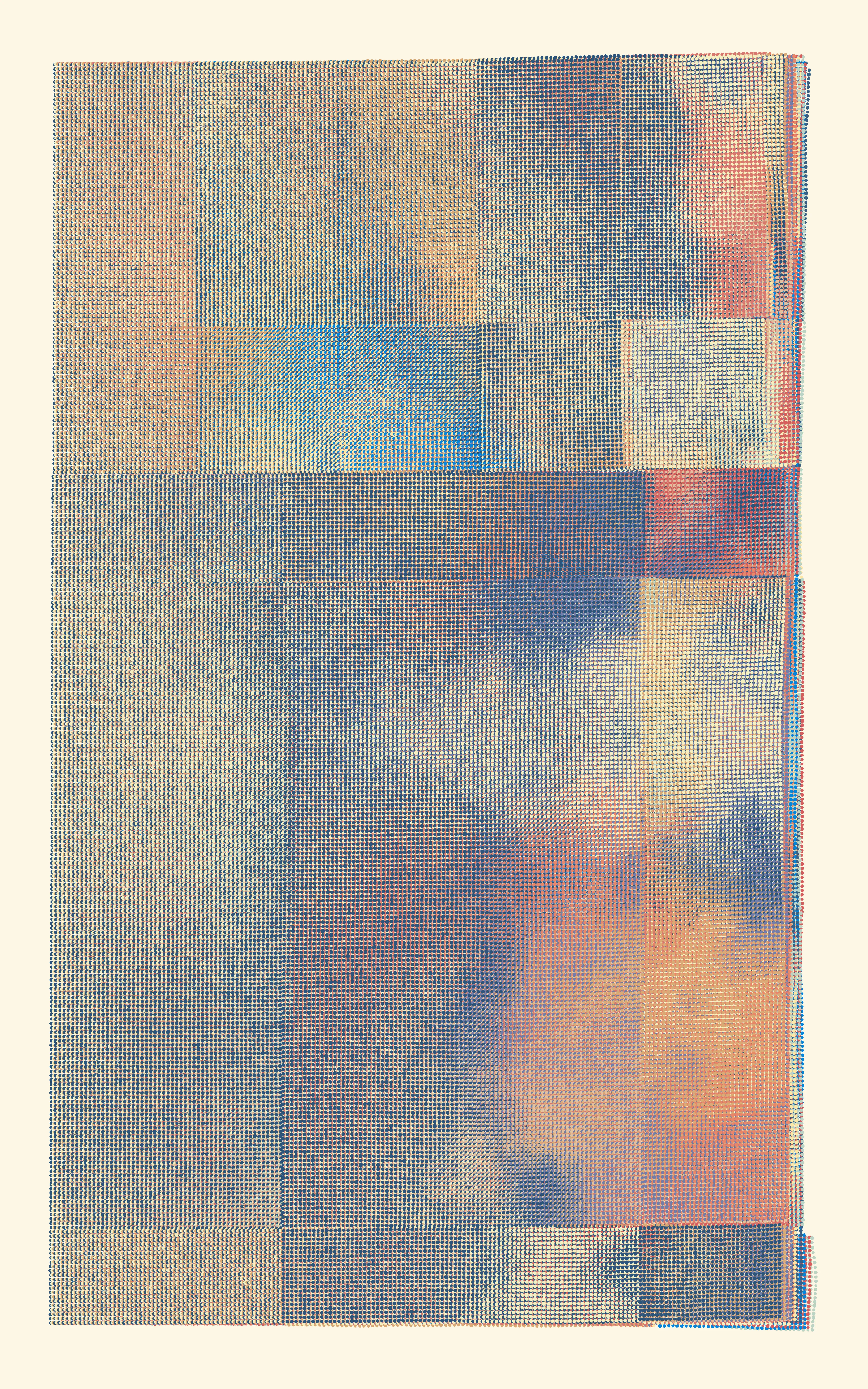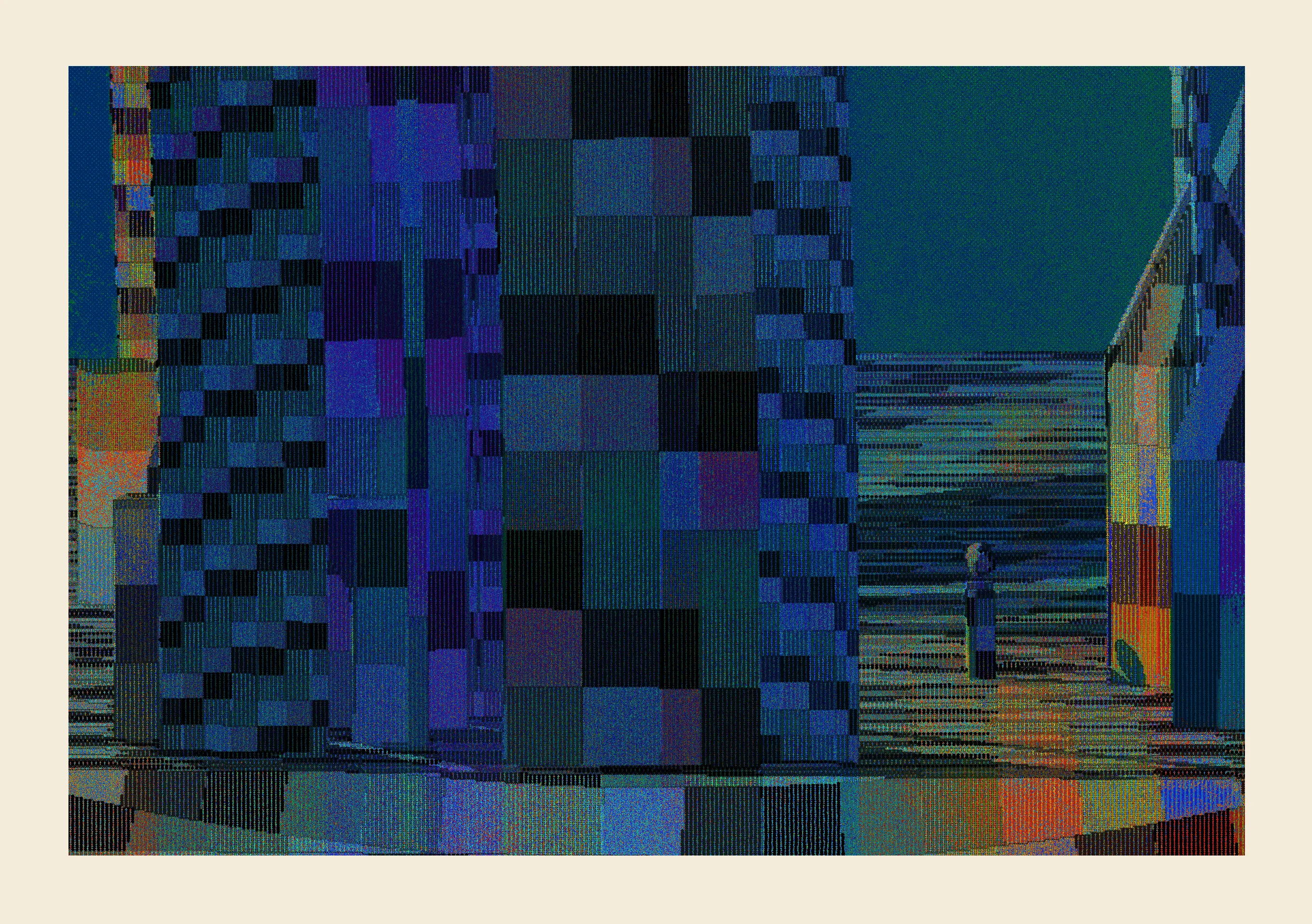Subscribe to get the latest on artists, exhibitions and more.
Beyond Code: The Multidisciplinary Artistry of Erik Swahn

Erik Swahn's journey as a multifaceted creative began in the culturally rich city of Gothenburg, Sweden. It was during the home computing boom of the 1980s, and Swahn, a quintessential "computer kid," was lucky enough to discover the limitless creative potential of technology. From a young age, he perceived technology not merely as a tool, but as a profound extension of his creative self. Programming became a magical act for him, transforming the abstract into the concrete, automating processes that extended his own capabilities.
Born to a family passionate about the arts, his early life was punctuated by frequent museum visits, nurturing a broad and evolving appreciation for art. However, initially he was more interested music, languages, and literature, honing his technical skills towards automated translation and natural language processing. He also explored learning various instruments, laying the groundwork for his later forays into generative electronic music inspired by artists like Squarepusher and Aphex Twin.

The visual arts beckoned in his mid-twenties, leading him to experiment with drawing and painting, and using text generation methods to create unique canvases, particularly in homage to his admiration for Cy Twombly. His professional life saw him balancing roles as a programmer and translator, but it was his later studies in architecture that catalysed a significant shift in his career. He soon discovered the burgeoning field of computational design —an architectural discipline that aligned perfectly with his passion for generative methods.





